Regular car maintenance is crucial to running your vehicle smoothly and extending its lifespan. While most drivers are aware of the basics like oil changes, tire rotations, and brake checks, several lesser-known maintenance tips can significantly improve your car’s performance and longevity. Here, we’ll explore these hidden gems of car care that every driver should know.
Check Your Cabin Air Filter

A clogged cabin air filter can reduce air flow from the vents, leading to poor ventilation and increased allergens inside the vehicle. This seemingly minor component can have a major impact on your driving comfort and health, making it essential to keep it clean and functional. Here’s how to check and replace the cabin air filter:
- Locate the cabin air filter, usually found behind the glove compartment.
- Remove the old filter and inspect it for dirt and debris.
- Replace it with a new one if it looks dirty. It’s generally recommended to replace the cabin air filter every 12,000 to 15,000 miles.
Maintain Your Car’s Battery
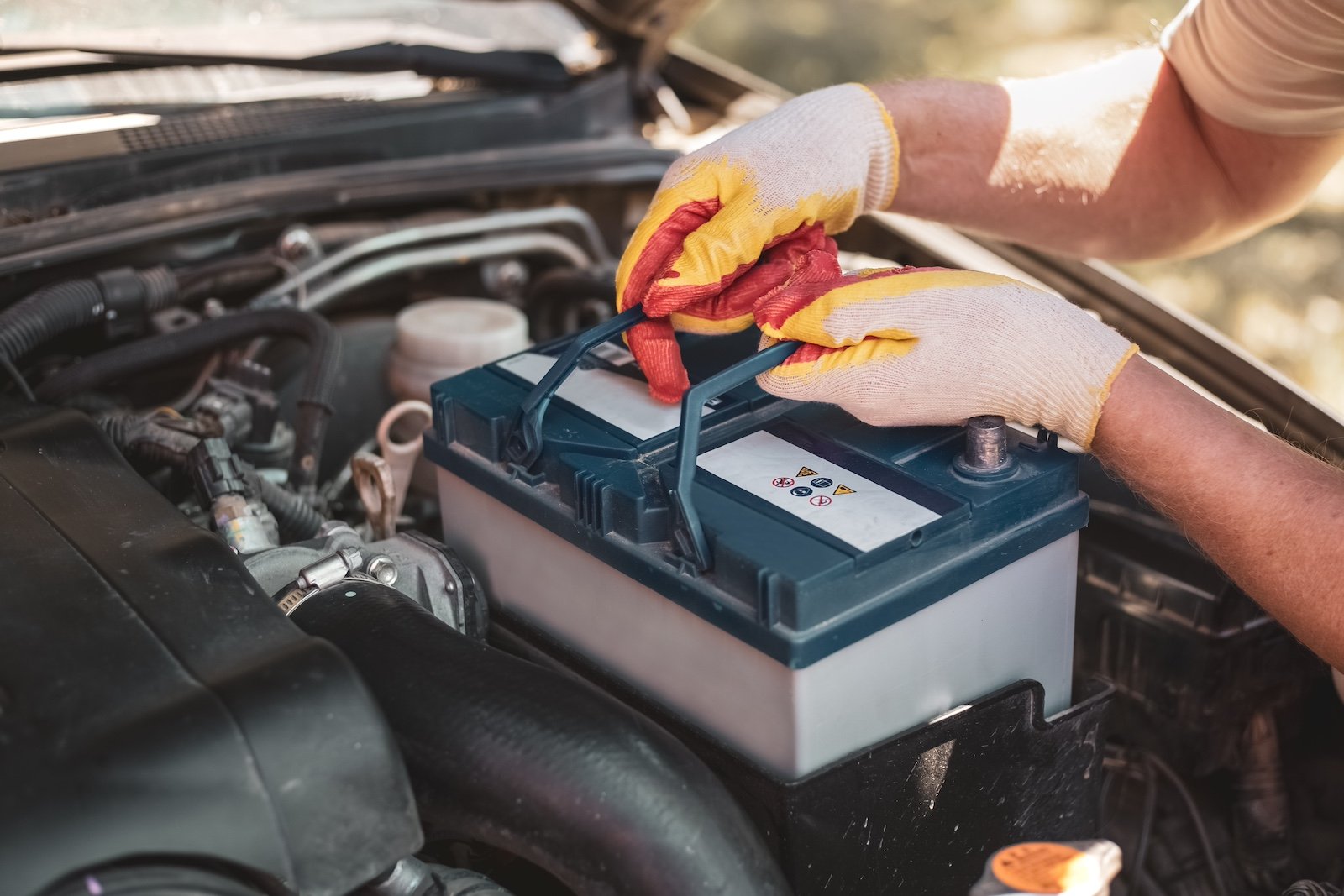
While many drivers only think about their car battery when it dies, regular maintenance can prevent unexpected failures and extend its life. A well-maintained battery ensures reliable starting power and proper functioning of your car’s electrical systems, which is crucial for overall vehicle performance. Here are some tips for battery maintenance:
- Clean the Battery Terminals: Corrosion can build up on battery terminals, leading to poor electrical connections. Clean the terminals with a mixture of baking soda and water, using a brush to scrub away corrosion.
- Check Battery Fluid Levels: Some batteries have removable caps to check the fluid levels. If the fluid is low, top it off with distilled water.
- Secure the Battery: Ensure that the battery is properly secured in its tray to prevent damage from vibrations.
Inspect and Clean Fuel Injectors
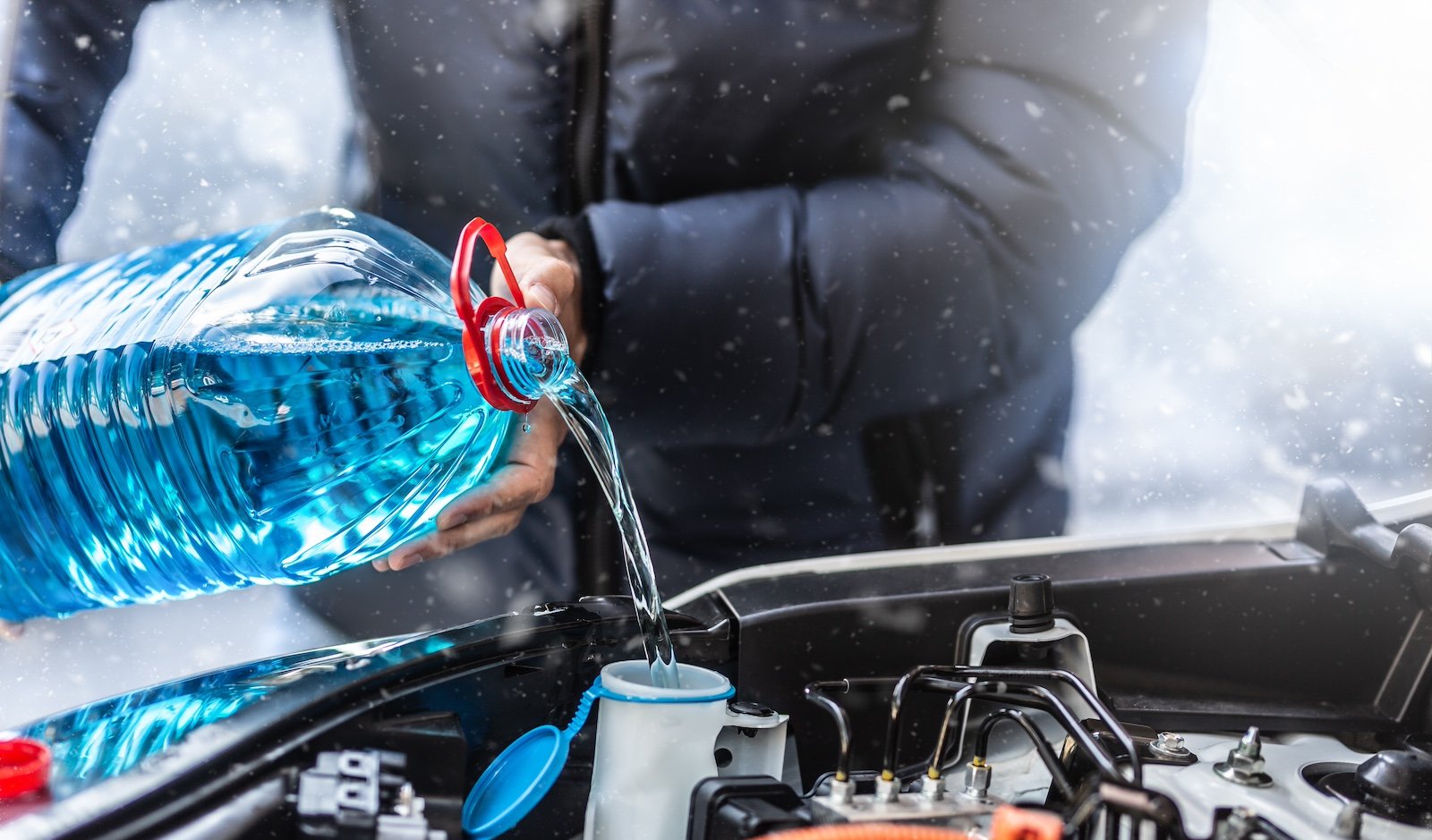
Fuel injectors play a critical role in delivering fuel to your engine. Over time, they can become clogged with dirt and deposits, leading to reduced engine performance and fuel efficiency. Keeping your fuel injectors clean ensures optimal engine operation and can improve your car’s mileage. Here’s how to maintain fuel injectors:
- Use Fuel Injector Cleaner: Periodically add a fuel injector cleaner to your gas tank to help remove deposits. Follow the cleaner’s instructions for the correct dosage.
- Professional Cleaning: Consider having your fuel injectors professionally cleaned every 30,000 miles to ensure optimal performance.
Rotate Your Tires
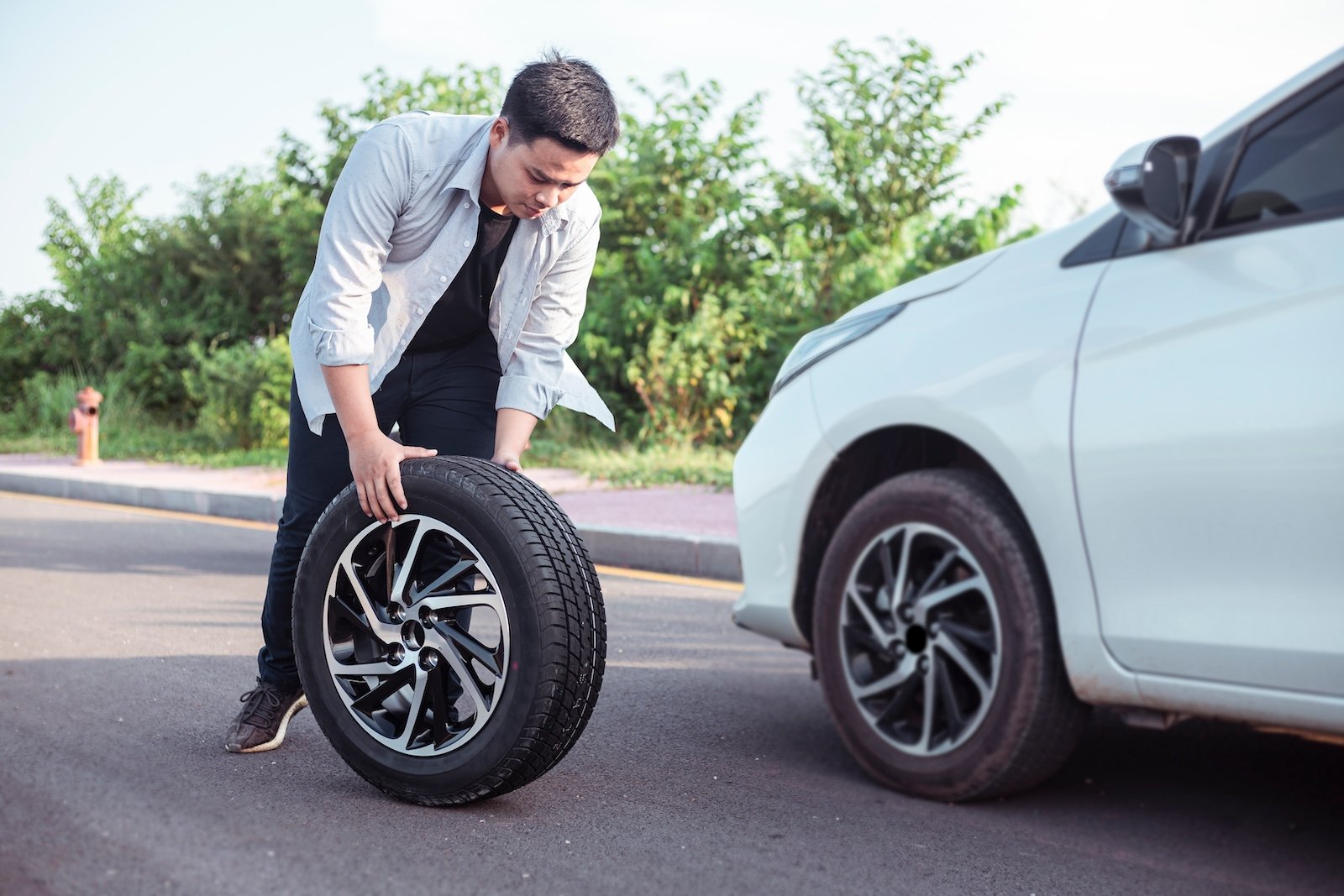
While most drivers know how to rotate their tires, the specific pattern of rotation can make a significant difference in tire longevity and vehicle handling. Proper tire rotation ensures even wear, which can enhance safety, improve gas mileage, and extend the life of your tires. Here’s how the rotation works:
- Front-Wheel Drive Vehicles: Rotate tires in a forward cross pattern – the front tires go straight back, and the rear tires cross to the front.
- Rear-Wheel Drive Vehicles: Use a rearward cross pattern – the rear tires go straight to the front, and the front tires cross to the rear.
- All-Wheel Drive Vehicles: A more complex pattern may be needed. Check your owner’s manual for the manufacturer’s recommendation.
Lubricate Door Hinges and Locks

Lubricating door hinges and locks is a simple yet often neglected task that can prevent annoying squeaks and ensure smooth operation. Regular lubrication of these components can prevent wear and tear, extending their lifespan and improving the overall feel and functionality of your car. Here are the steps to lubricate the right way:
- Use a silicone spray or white lithium grease.
- Spray a small amount on the door hinges and work the doors back and forth to distribute the lubricant.
- Apply a few drops of lubricant to the keyholes and locks to keep them functioning smoothly.
Check and Replace Windshield Wiper Blades

Wiper blades are essential for clear visibility during adverse weather conditions. Over time, they can become brittle and less effective, compromising your ability to see clearly. Regular inspection and timely replacement of wiper blades ensure you maintain optimal visibility and safety. Here’s to know when to replace:
- Inspect your wiper blades every six months for signs of wear, such as cracks or splits.
- Replace them if they leave streaks or don’t make full contact with the windshield.
Monitor Transmission Fluid
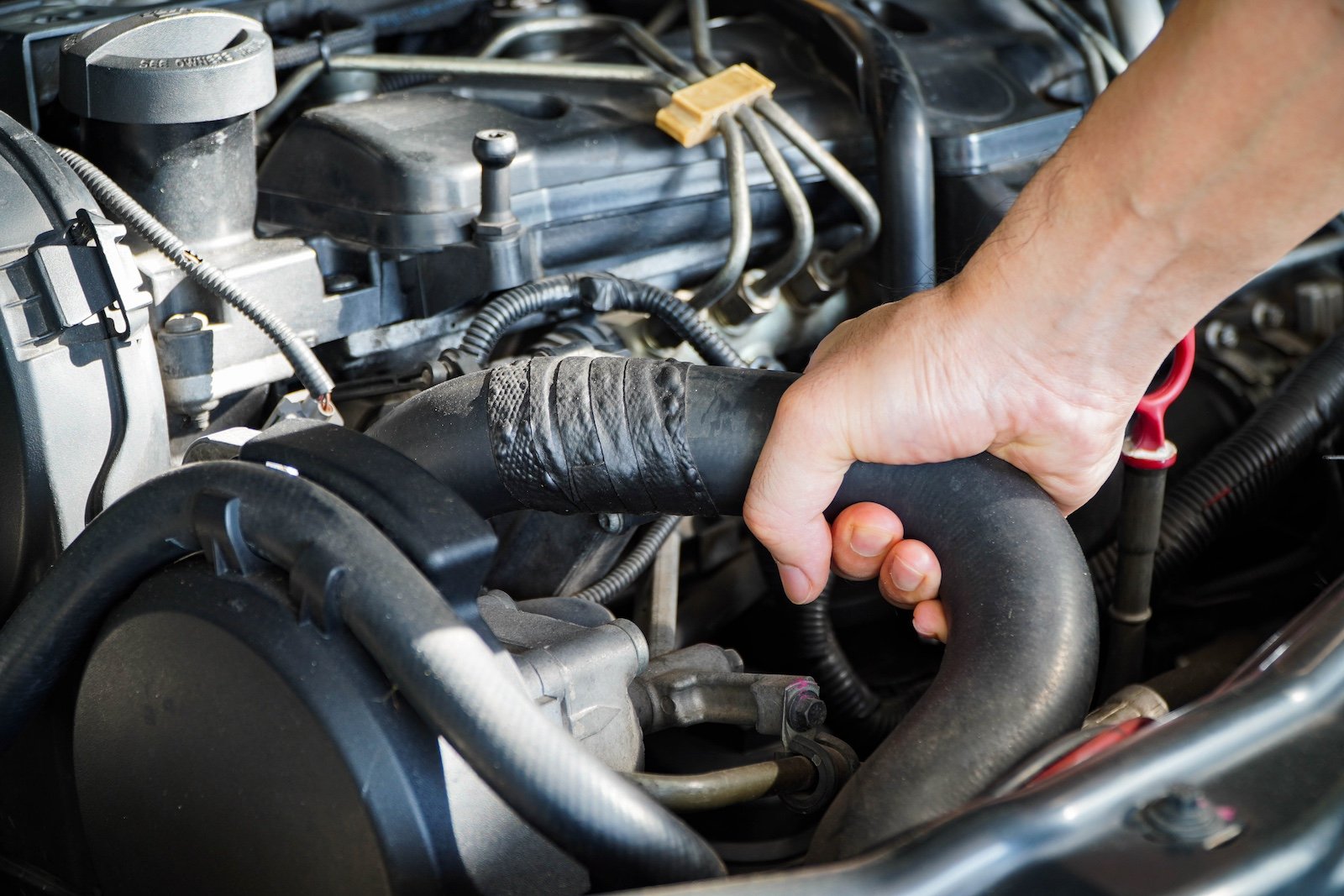
Transmission fluid is crucial for the smooth operation of your vehicle’s transmission. Low or dirty transmission fluid can lead to shifting problems and even transmission failure. Regular monitoring and maintenance of your transmission fluid can prevent costly repairs and keep your vehicle running smoothly. Here’s how to check the transmission fluid:
- Locate the transmission dipstick, usually found near the engine.
- With the engine running and the car in park, pull the dipstick and wipe it clean.
- Reinsert the dipstick, then pull it out again to check the fluid level and condition.
- If the fluid is low, add the correct type of transmission fluid as specified in your owner’s manual.
Inspect Suspension Components
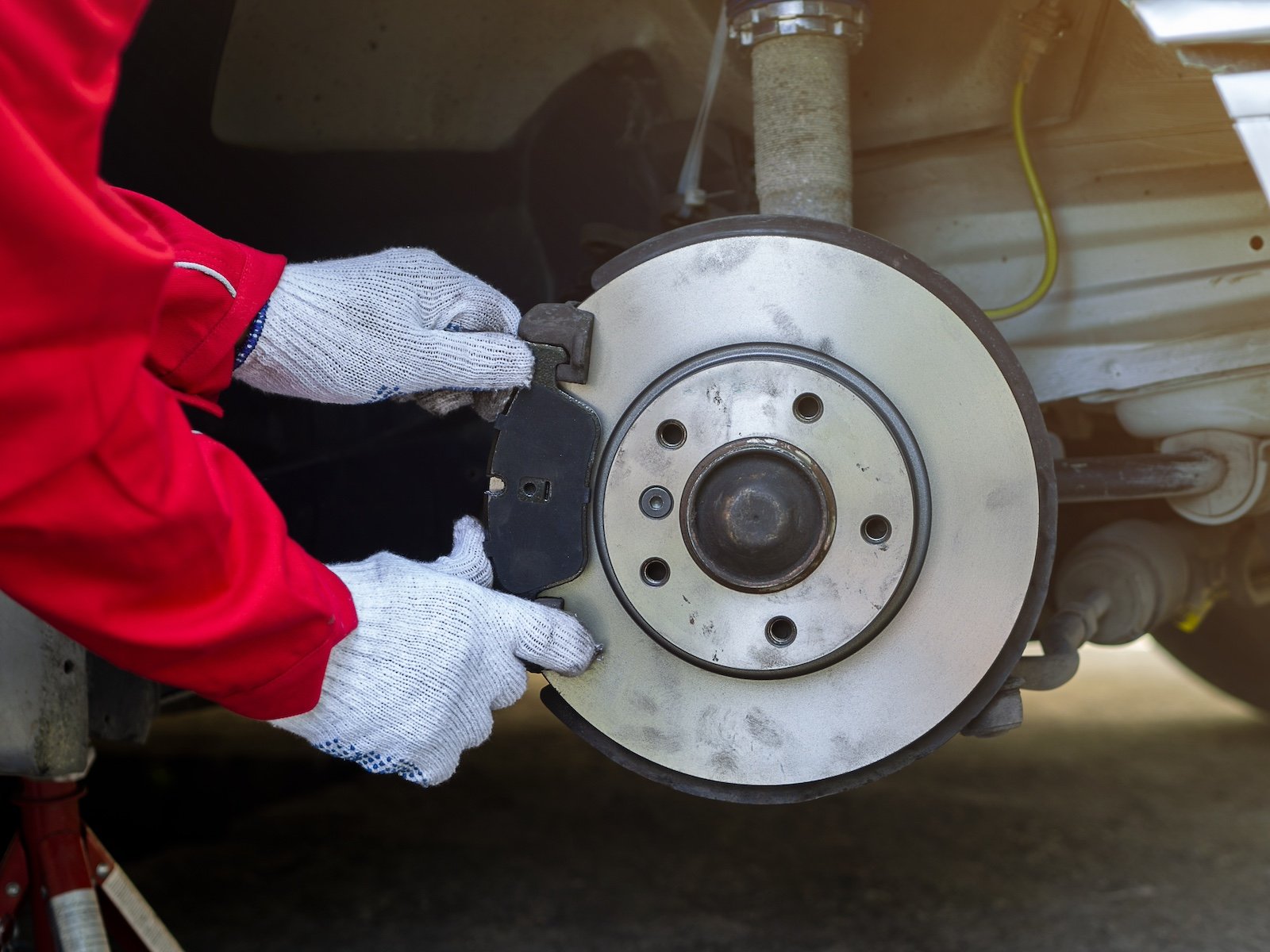
Your car’s suspension system affects ride comfort and handling. Regularly inspecting suspension components can help detect issues before they become major problems. A well-maintained suspension system ensures a smoother ride, better control, and enhanced safety. Here’s what components you need to check:
- Shocks and Struts: Look for leaks, dents, or worn bushings.
- Ball Joints and Tie Rods: Check for excessive play or damage.
- Bushings: Inspect for cracks or deterioration.
Maintain the Cooling System
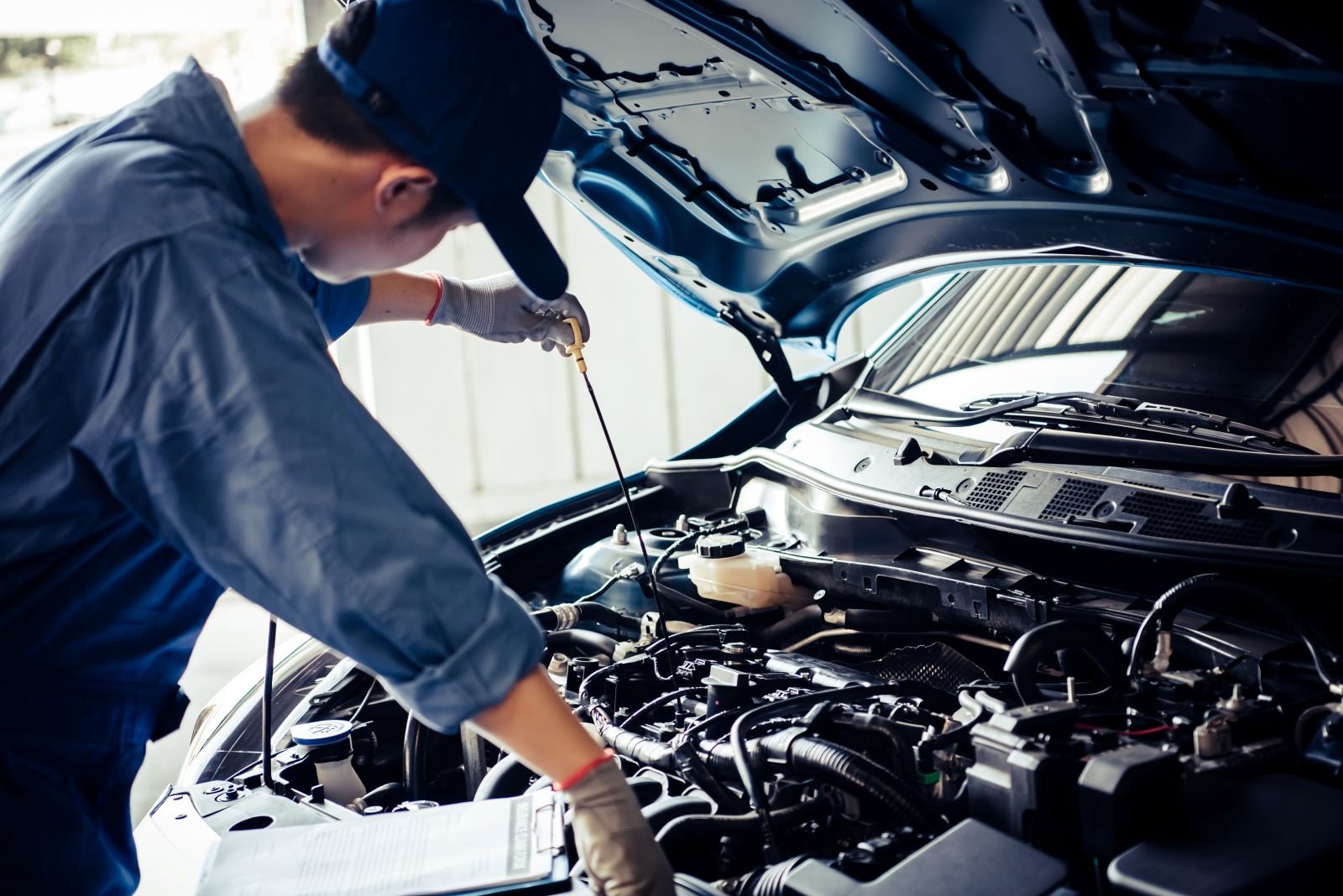
Your car’s cooling system prevents the engine from overheating. Regular maintenance ensures it functions appropriately, preventing engine damage and ensuring optimal performance. A well-maintained cooling system is vital for the overall health of your engine, especially in extreme temperatures. Here are the steps for cooling system maintenance:
- Check Coolant Levels: Ensure the coolant reservoir is filled to the appropriate level.
- Inspect Hoses and Belts: Look for signs of wear, cracks, or leaks.
- Flush the Radiator: Consider flushing and refilling the radiator every 30,000 miles or as recommended by your vehicle manufacturer.
Keep Your Car Clean
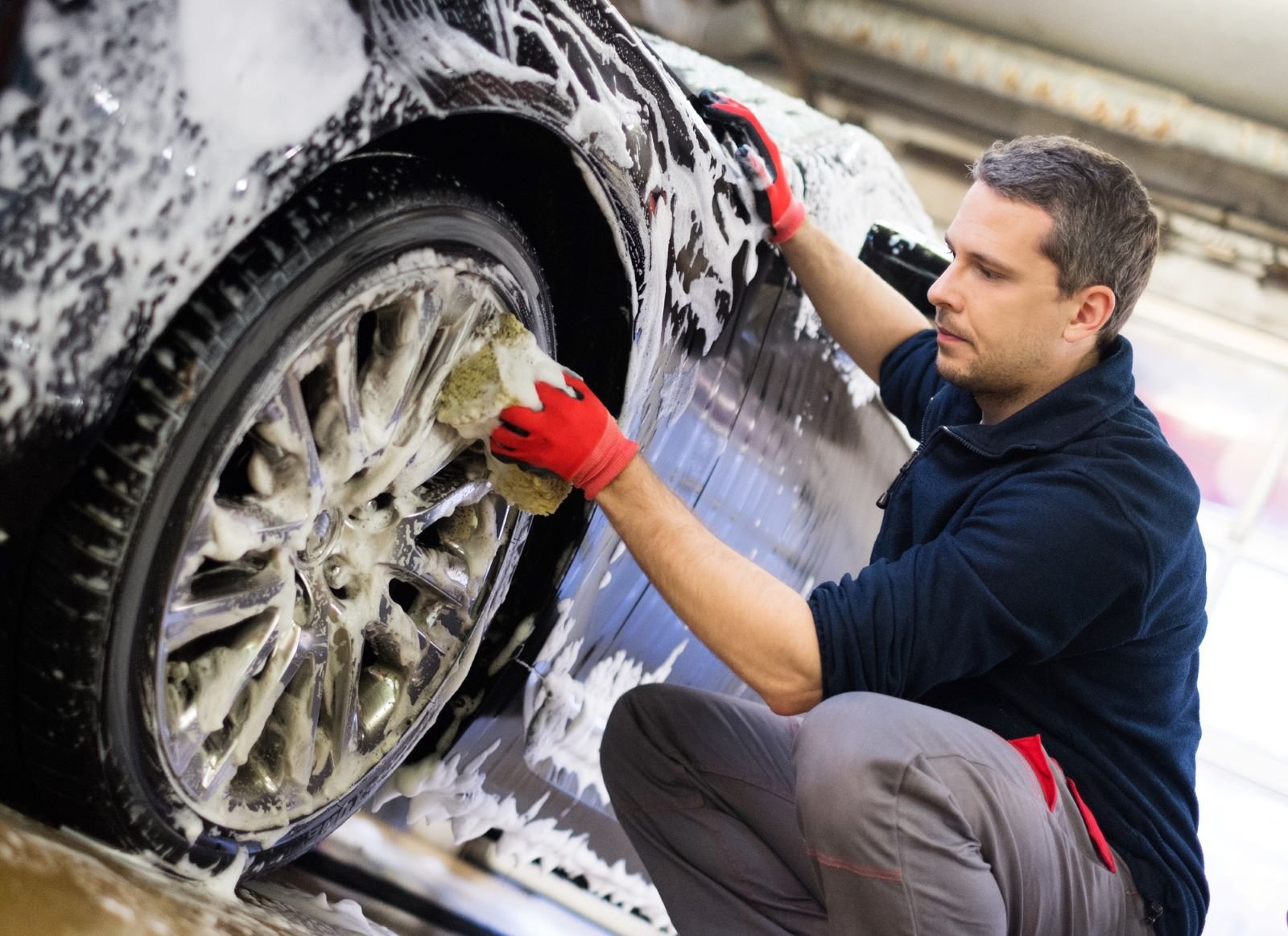
While it might seem purely cosmetic, keeping your car clean can prevent long-term damage. Dirt, grime, and road salt can cause rust and paint damage over time. Regular cleaning and maintenance of your car’s exterior and interior can preserve its appearance, enhance resale value, and prevent costly repairs. Here are some cleaning tips:
- Wash Regularly: Dirt, grime, and road salt can cause rust and paint damage. Wash your car every few weeks, especially in winter.
- Wax the Exterior: Apply a coat of wax every six months to protect the paint and make it easier to clean.
- Clean the Interior: Vacuum regularly and use protectants on plastic and leather surfaces to prevent cracking and fading


